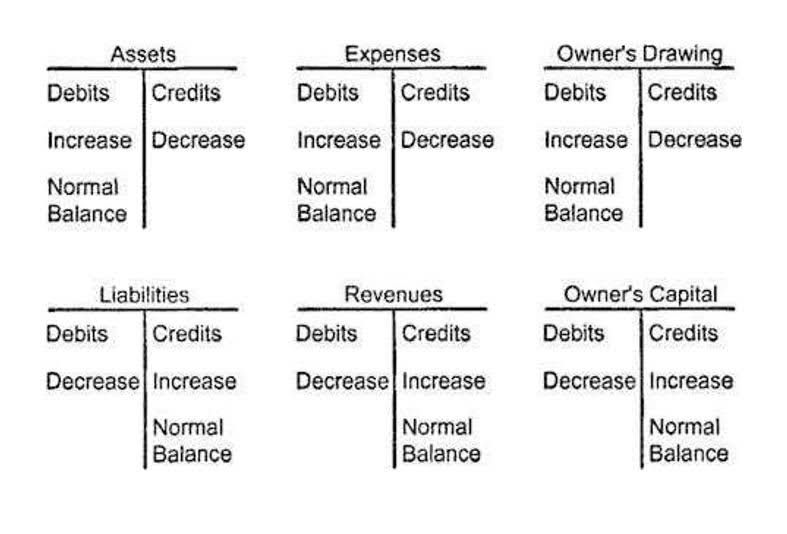
8 Best Crypto Sports betting Websites For 2024
Blogs Motogp austin 2024 – British Discover Picks, Pro Predictions, Opportunity Wagers To the Earliest 1 / 2 of The online game Is Counted Even In case your Online game Simply Finishes Five Comp […]

It’s a method a construction company uses to record and report financial transactions and progress from beginning to end. It’s also crucial when a company needs to secure bank loans, demonstrate bond capacity, and receive audit and assurance services. Allocating costs is a crucial aaccountingspect of construction-in-progress (CIP) accounting. It involves assigning expenses incurred during a construction project to the appropriate asset account systematically and accurately. Once a construction project is finished, the costs in the CIP account move to a fixed asset account. This step helps with financial reporting, updating how these costs are perceived and managed.

Therefore, the construction in progress is a non-current asset account that keeps a record of all the costs incurred until completion. One thing to understand is that only capital costs related to an asset under construction are to be kept in the CIP account. The operating costs related to a specific period must be charged to the same accounting period. Construction in progress, or most commonly known as CIP, is a fixed asset account with a natural debit balance. Managing construction-in-progress accounts is relatively more complicated than managing other business accounts. Firstly, a construction company does double-entry bookkeeping, as it is the approved method of tracking finances in the industry.
At such times, it is better to switch to more advanced software and accounting methods like construction in progress accounting to ensure your business doesn’t lose its grip on finances. You should pre-screen CIP-related invoices when they are first entered into the system, so that items to be expensed are charged off at once. They should NOT be stored in the CIP account; otherwise, there is a considerable risk that expensable items will not actually be charged off for some time. Understanding CIP accounting is essential for project managers, accountants, and stakeholders to make informed decisions and maintain financial health throughout the project’s lifecycle. The company would record a depreciation expense of $22,500 in each accounting period over the building’s useful life. After the asset is completed, depreciation is calculated and recorded on the income statement.

The cost-to-cost method compares the costs incurred to date with the total estimated costs, while the units-of-delivery method is based on the number of units delivered or installed. Each of these methods has its own set of advantages and is chosen based on the nature of the project and the reliability of the measurement criteria. Construction projects today are more complex and larger in scale than ever before, making effective accounting practices crucial for success. Construction-in-Progress (CIP) accounting plays a vital role in ensuring that costs are accurately tracked and financial statements reflect the true state of ongoing projects.
It represents the accumulated costs of ongoing construction projects that are not yet completed. Once costs have been allocated, and meets the criteria for capitalization, it is added to the CIP asset account in the company’s general ledger. The cost is then amortized over the asset’s useful life through depreciation expenses in subsequent accounting periods. After the construction has been completed, the relevant building, plant, or equipment account is debited with the same amount as construction in progress. After the completion of construction, the company will record depreciation on the asset.

Another objective of recording construction in progress is scrutiny and audit of accounts. The construction in progress can be the largest fixed asset account what is cip accounting due to the possibility of time it can stay open. The CIP procedures dictate the proper recording of construction costs in financial statements.

The IAS 11 construction contract is a comprehensive document dictating the complete accounting for construction in progress. However, preparing accurate reports is not simple for construction companies whose work-in-progress assets are unique. Amid the construction progress, these assets are not usable as they require months or years for completion, complicating bookkeeping. There are several key accounting practices that construction companies and contractors should understand when working with a construction CPA firm.
However, the inclusion of all assets, regardless of their current usability, is crucial for a balance sheet’s accuracy. This necessity becomes particularly evident when considering construction work-in-progress assets. Unlike ready-to-use assets, these are in various stages of completion, spanning from months to years, rendering them temporarily unusable during the construction phase.
Construction Work-in-Progress is a noncurrent asset account in which the costs of constructing long-term, fixed assets are recorded. Another significant aspect of managing CIP in a multi-project environment is maintaining accurate and up-to-date financial records. Each project must be tracked individually to ensure that costs are correctly attributed and financial statements reflect the true state of each project.
Construction-in-progress are generally not classified as inventory as it would not be in-line with IAS2.9 (Inventories to be stated at lower of cost or NRV). CIP accounting and Work in Progress (WIP) accounting are often used interchangeably, but they have different meanings. When the project is complete, the account is closed, and any remaining balance is transferred to the Cost of Goods Sold (COGS) account. In contrast, CIP accounting tracks all the costs incurred in constructing a long-term asset until it is ready for use. CIP accounts are crucial in construction accounting because they keep track of all the money spent on a project until final delivery.

